Essential Guide to Choosing the Right Wall Bracket: 5 Factors Backed by Industry Data
In today's fast-paced world, selecting the right wall bracket is essential for ensuring the stability and safety of your mounted devices. According to a recent industry report, the global market for wall brackets is expected to reach $3 billion by 2025, driven by the increasing demand for optimized space utilization in both residential and commercial settings. Choosing the appropriate wall bracket not only enhances functionality but also protects your valuable equipment from damage. With the proliferation of TVs, monitors, and other electronic devices, understanding which factors influence wall bracket selection is crucial. This guide delves into five key considerations supported by industry data, enabling consumers to make informed decisions when it comes to maximizing their wall-mounted installations. Whether you're a homeowner looking to enhance your entertainment setup or a business aiming to streamline your office space, the right wall bracket can make all the difference.
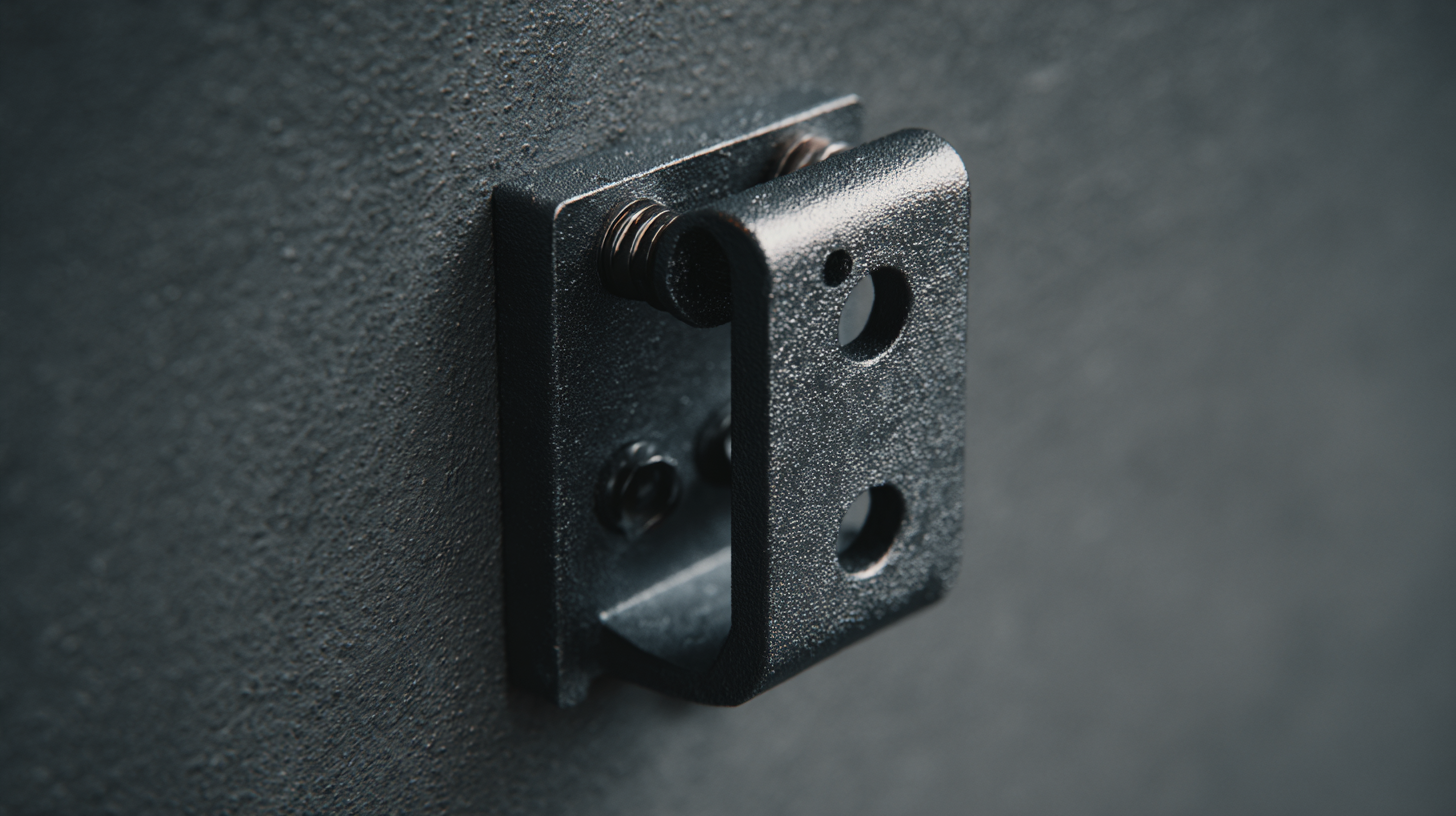
Essential Factors to Consider When Selecting Wall Brackets
When selecting the right wall bracket, several essential factors must be considered to ensure safety, functionality, and aesthetics. According to a report by the Consumer Electronics Association, over 65% of homeowners prioritize the weight capacity of wall brackets before making a purchase. Understanding the weight limits is critical, as using an inadequate bracket can lead to damage and safety hazards. Luckily, many manufacturers now provide clear guidelines on weight capacities, with some models designed to hold up to 100 pounds or more.
Another important aspect is the compatibility with the display size and type. Industry data from Statista indicate that as of 2022, over 70% of consumers prefer wall-mounted TVs in their homes, highlighting the importance of finding a bracket that accommodates various screen sizes. It’s essential to choose a wall bracket that matches the specific VESA mount requirements of your TV or monitor to ensure a secure fit. Additionally, features like tilting, swiveling, and fixed options are considerations that can enhance viewing angles based on room layout, catering to a more versatile media experience.
Essential Guide to Choosing the Right Wall Bracket: Factors to Consider
Comparative Analysis of Different Wall Bracket Types
When selecting the right wall bracket, understanding the types available is crucial to making an informed choice. A comparative analysis reveals that fixed, tilting, and full-motion brackets each cater to different needs. According to a report by the Consumer Electronics Association, nearly 60% of households now own a wall-mounted television, emphasizing the importance of selecting an appropriate bracket type. Fixed brackets offer a low-cost solution for those seeking a clean, minimalistic look without the need for adjusting the viewing angle. However, they do not accommodate changes in seating arrangements or viewing preferences.
Tilting brackets, on the other hand, allow for a slight angle adjustment to reduce glare, making them ideal for higher installations. Industry data shows that approximately 35% of consumers prefer tilting models for their flexibility. Full-motion brackets, while more costly, provide the ultimate versatility with 180-degree swiveling capabilities. This suits multifunctional spaces where viewers may sit in various locations. Opting for the right bracket can enhance the viewing experience, making it essential to consider both the type and corresponding benefits.
**Tips:** When choosing a bracket, check the weight and size specifications carefully to ensure compatibility with your TV. Additionally, consider the wall type for installation—drywall, brick, or concrete—as this will affect the type of screws and anchors needed for secure placement.
Essential Guide to Choosing the Right Wall Bracket: 5 Factors Backed by Industry Data
| Wall Bracket Type | Weight Capacity (lbs) | Material | Adjustment Range (degrees) | Price Range ($) |
|---|---|---|---|---|
| Fixed Bracket | 100 | Steel | N/A | 20 - 50 |
| Tilting Bracket | 120 | Aluminum | 15 - 15 | 30 - 60 |
| Full Motion Bracket | 130 | Steel | 15 - 90 | 50 - 100 |
| Corner Bracket | 80 | Plastic | N/A | 15 - 40 |
| Articulating Bracket | 150 | Aluminum/Steel | 15 - 180 | 60 - 120 |
Key Industry Data on Wall Bracket Durability and Strength
When it comes to selecting the right wall bracket for your TV or artwork, understanding its durability and strength is crucial. Key industry data reveals that high-quality wall brackets are designed to support at least three times the weight of the item being mounted. This loading capacity ensures that even during occasional bumps or shifts, the installation remains secure and safe. Various tests conducted over the years have shown that reputable manufacturers adhere to strict safety standards, providing brackets that withstand stresses and strains over time.
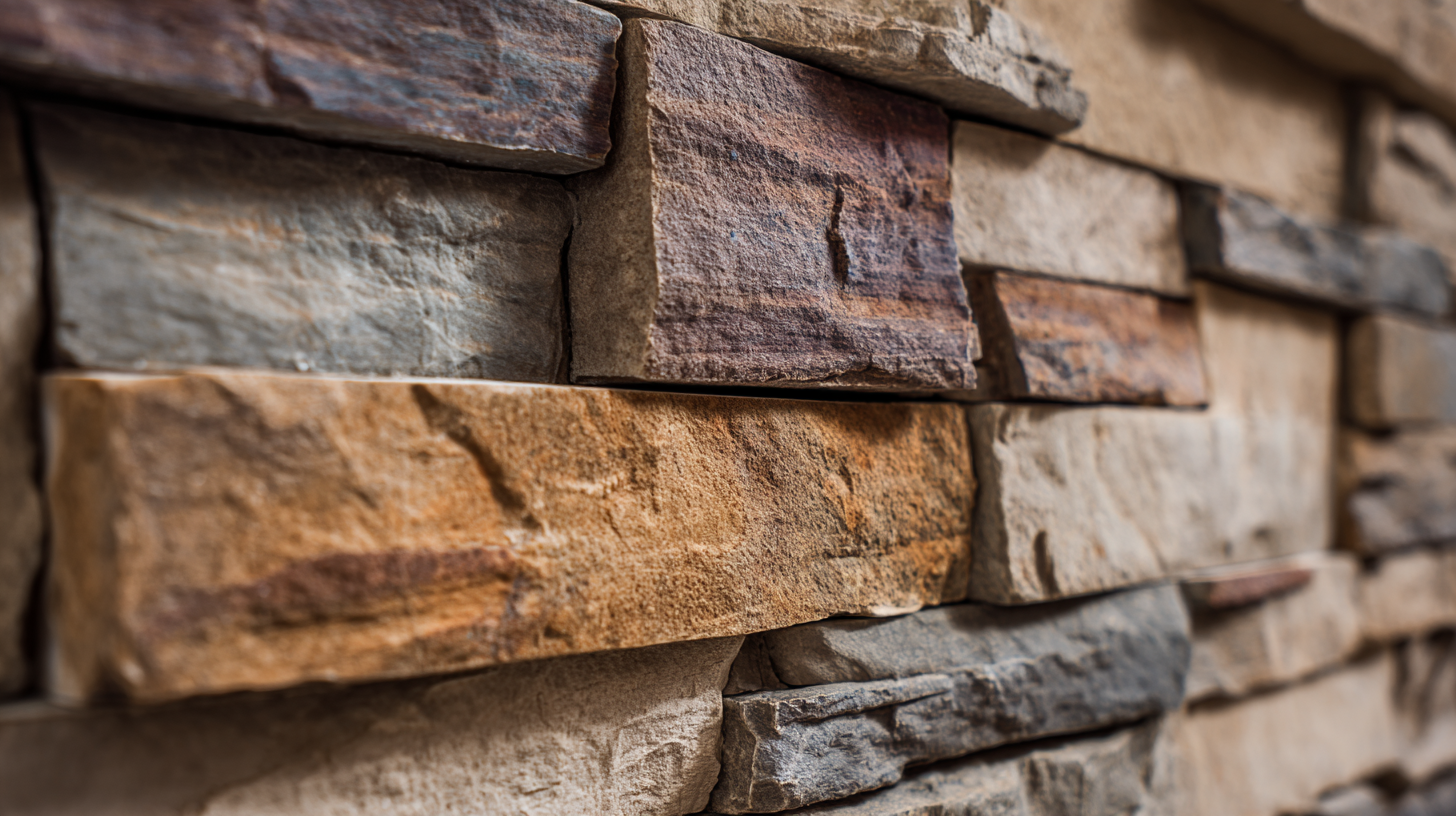
Additionally, materials play a significant role in a bracket's longevity. Data from industry sources indicates that wall brackets made from heavy-gauge steel are less prone to bending, while those with powder-coated finishes tend to resist rust and corrosion, enhancing their lifespan. It's also important to consider environmental factors, as humidity and temperature fluctuations can affect the integrity of lesser-quality materials. Investing in a well-researched wall bracket not only secures your valuable possessions but also brings peace of mind about their safety and stability.
Installation Tips for Optimal Wall Bracket Performance
When it comes to installing a wall bracket, proper installation is crucial for ensuring optimal performance and longevity. The first step is selecting the right location on the wall. Ensure that the chosen spot can support the weight of the bracket and the item it will hold, such as a TV or shelf. Use a stud finder to locate wall studs, as mounting into these will provide the most secure hold. If you're mounting onto drywall, consider using toggles or anchors to distribute the weight evenly.
Following the proper installation guidelines, measure carefully and mark the drill holes precisely. Using a level will help maintain an even appearance, enhancing the aesthetic of your setup. Additionally, always follow the manufacturer's instructions for both the wall bracket and the item being mounted, as specific requirements can vary. Finally, double-check connections and ensure everything is tightened correctly to prevent any risk of shifting or falling, ensuring that your mounted items remain safe and steadfast for years to come.
Common Mistakes to Avoid When Choosing Wall Brackets
When it comes to selecting wall brackets, many homeowners fall prey to common mistakes that can lead to inefficient installation or even damage to their walls and mounted devices. One prevalent error is underestimating the weight capacity of the bracket. It’s crucial to choose a bracket that can support not only the weight of the item being mounted but also account for any additional stress from movement or shifting. Always refer to the manufacturer's specifications to ensure a secure and safe fit.
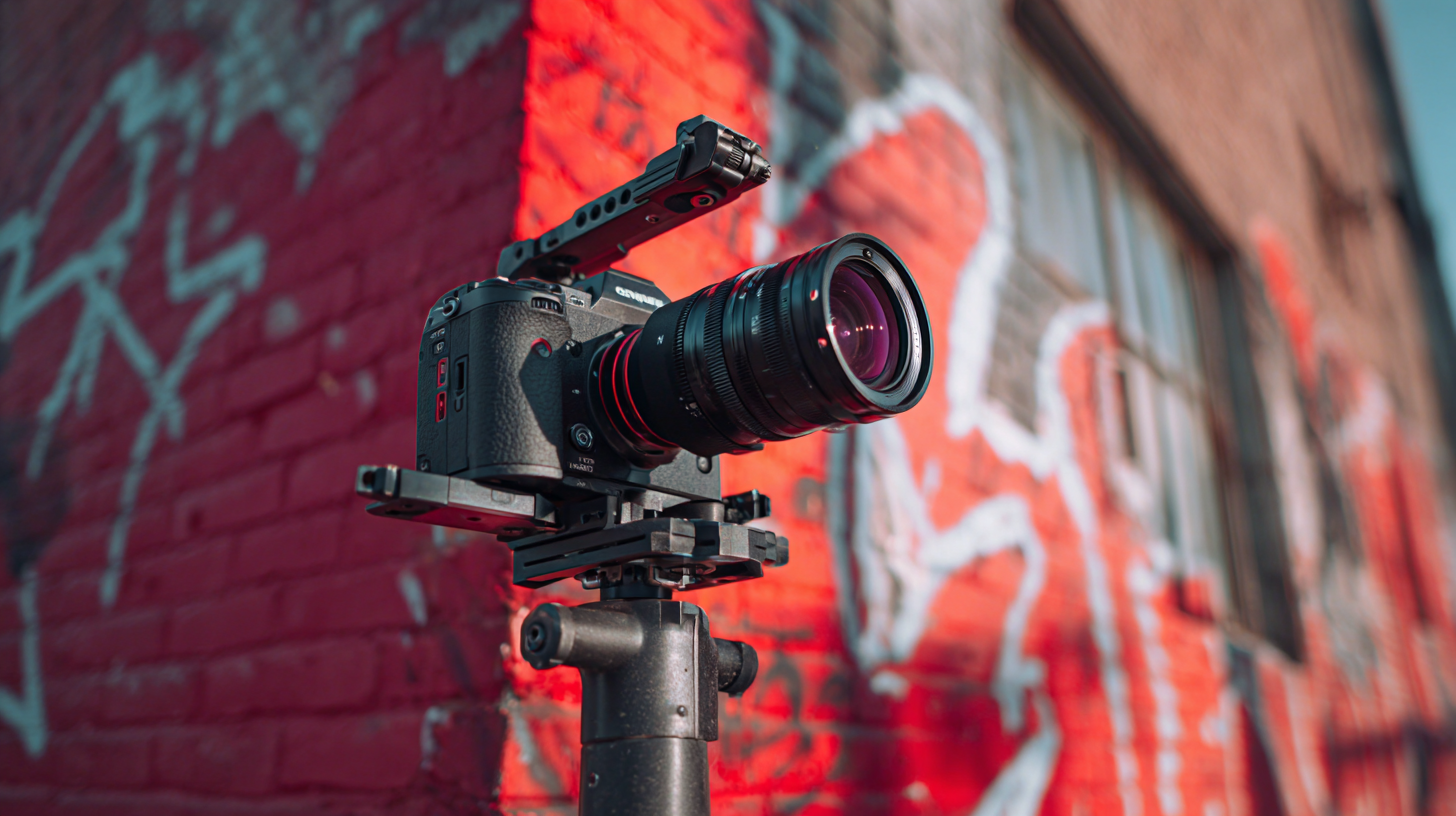
Another frequent oversight is neglecting the wall type when selecting brackets. Different materials—such as drywall, concrete, or brick—require specific types of anchors and installation techniques. For instance, using standard screws on a concrete wall could lead to disaster; instead, one should opt for masonry anchors that provide a strong grip. Additionally, many ignore the optimal viewing height and angle when installing TV or art brackets, which can lead to uncomfortable viewing experiences. Taking the time to research and consider these factors will result in a more successful and aesthetically pleasing installation.
Related Posts
-
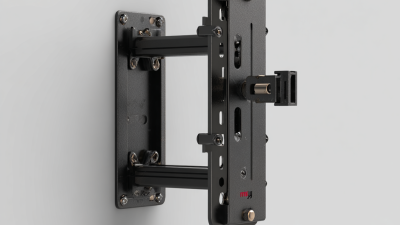
Top Industry Standards and Seven Key Reasons to Choose the Best Wall Bracket
-

The Ultimate Guide to Transforming Your Space with Adjustable Shelving Solutions
-
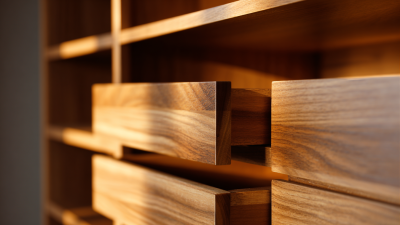
Step-by-Step Guide to Choosing the Perfect Shelves with Drawers for Your Home
-
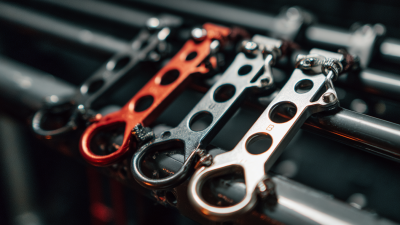
Ultimate Showdown: 2023's Top 5 Mounting Hooks Compared for Durability and Strength
-
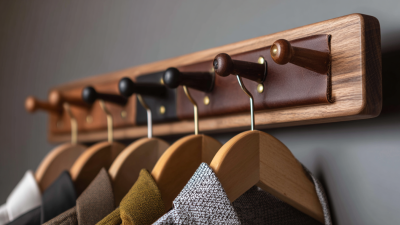
Discovering Top Manufacturers for Best Wall Hangers and Effective Sourcing Solutions
-
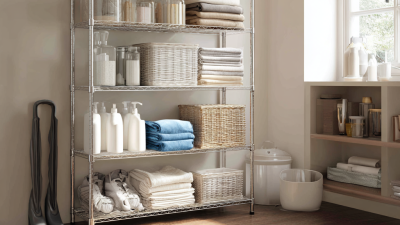
7 Essential Tips to Maximize Space with Best Floor Shelves
